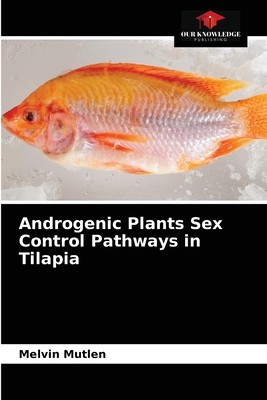
- We will send in 10–14 business days.
- Author: Melvin Mutlen
- Publisher: Our Knowledge Publishing
- ISBN-10: 6204074253
- ISBN-13: 9786204074252
- Format: 15.2 x 22.9 x 0.4 cm, softcover
- Language: English
- SAVE -10% with code: EXTRA
Reviews
Description
Among the main farmed species, Tilapia occupy a prominent place and constitute the group of fish whose production has grown the most in the last ten years, all aquatic species included (Lazard, 2007). With a world production estimated at more than 4.3 million tons per year, they represent a considerable resource for human consumption, particularly in the southern countries. After carps they constitute, the second major group of the world aquaculture (FAO, 2013). In recent years, tilapias have been the predominant species in African commercial fish farming (FAO, 2014). However, the development of this production is faced with a major problem that is paradoxically related to the high reproduction of the species.The control of this reproduction has therefore appeared as a necessity for the profitability of tilapia farms.
EXTRA 10 % discount with code: EXTRA
The promotion ends in 7d.18:56:35
The discount code is valid when purchasing from 10 €. Discounts do not stack.
- Author: Melvin Mutlen
- Publisher: Our Knowledge Publishing
- ISBN-10: 6204074253
- ISBN-13: 9786204074252
- Format: 15.2 x 22.9 x 0.4 cm, softcover
- Language: English English
Among the main farmed species, Tilapia occupy a prominent place and constitute the group of fish whose production has grown the most in the last ten years, all aquatic species included (Lazard, 2007). With a world production estimated at more than 4.3 million tons per year, they represent a considerable resource for human consumption, particularly in the southern countries. After carps they constitute, the second major group of the world aquaculture (FAO, 2013). In recent years, tilapias have been the predominant species in African commercial fish farming (FAO, 2014). However, the development of this production is faced with a major problem that is paradoxically related to the high reproduction of the species.The control of this reproduction has therefore appeared as a necessity for the profitability of tilapia farms.


Reviews